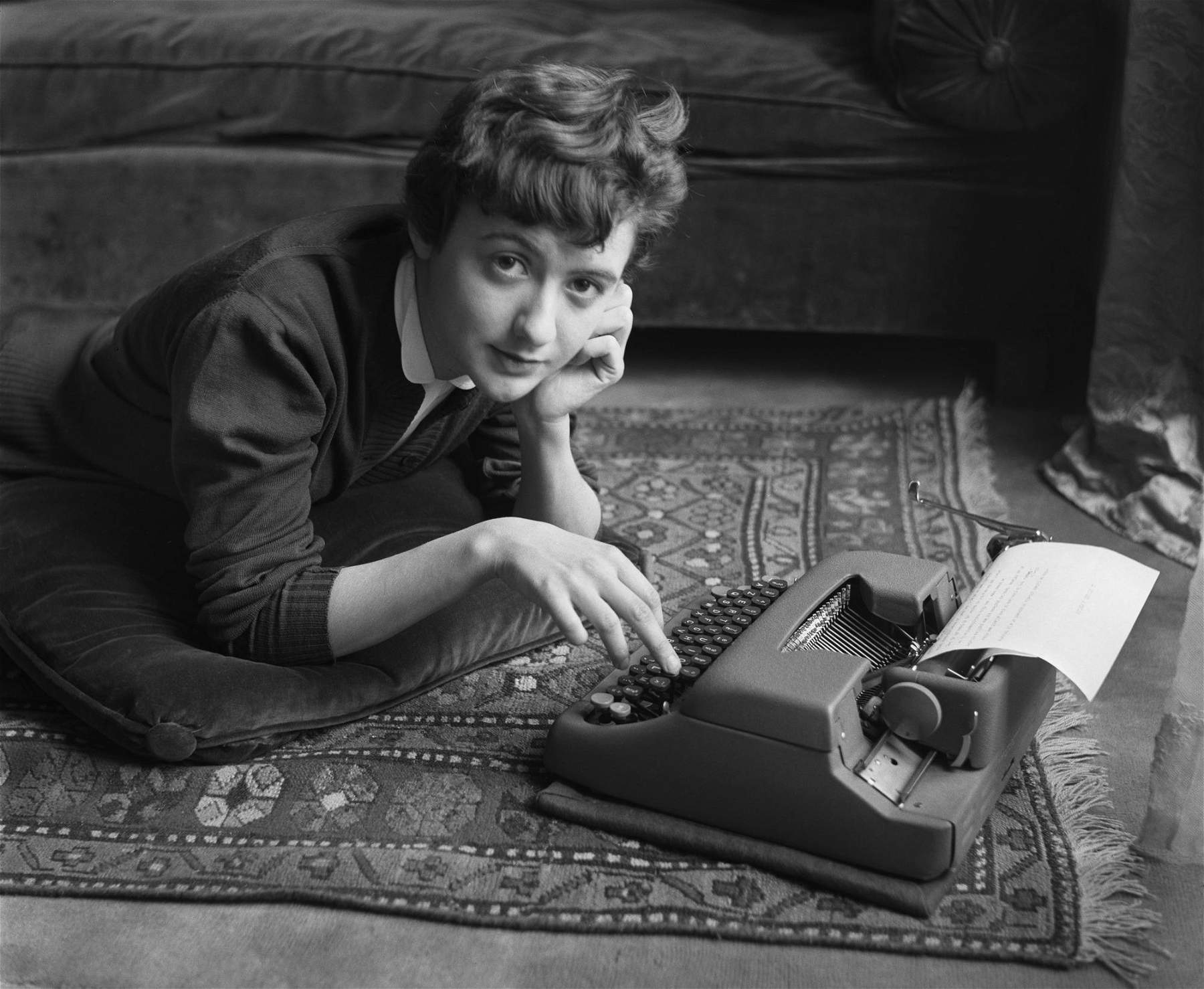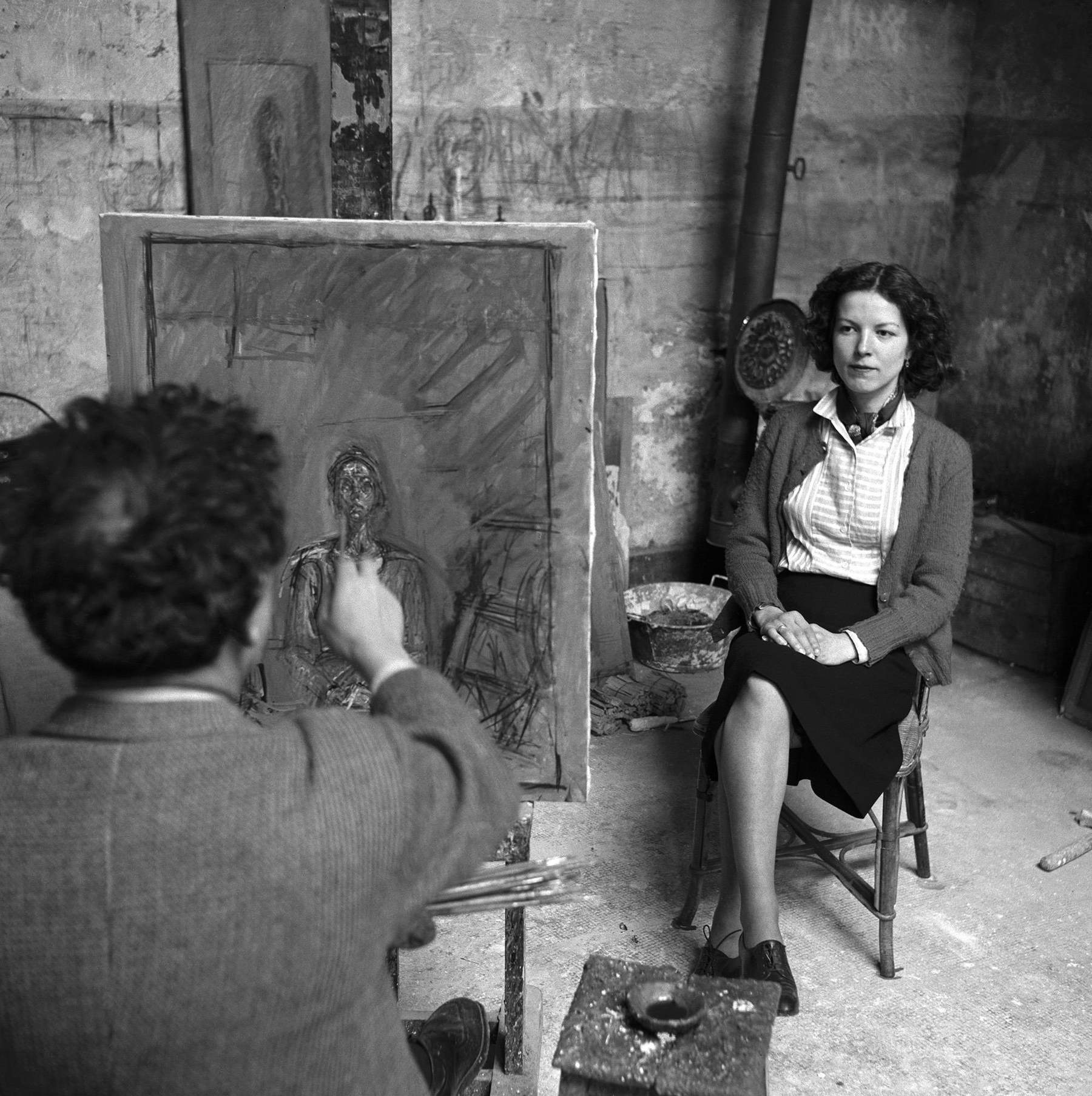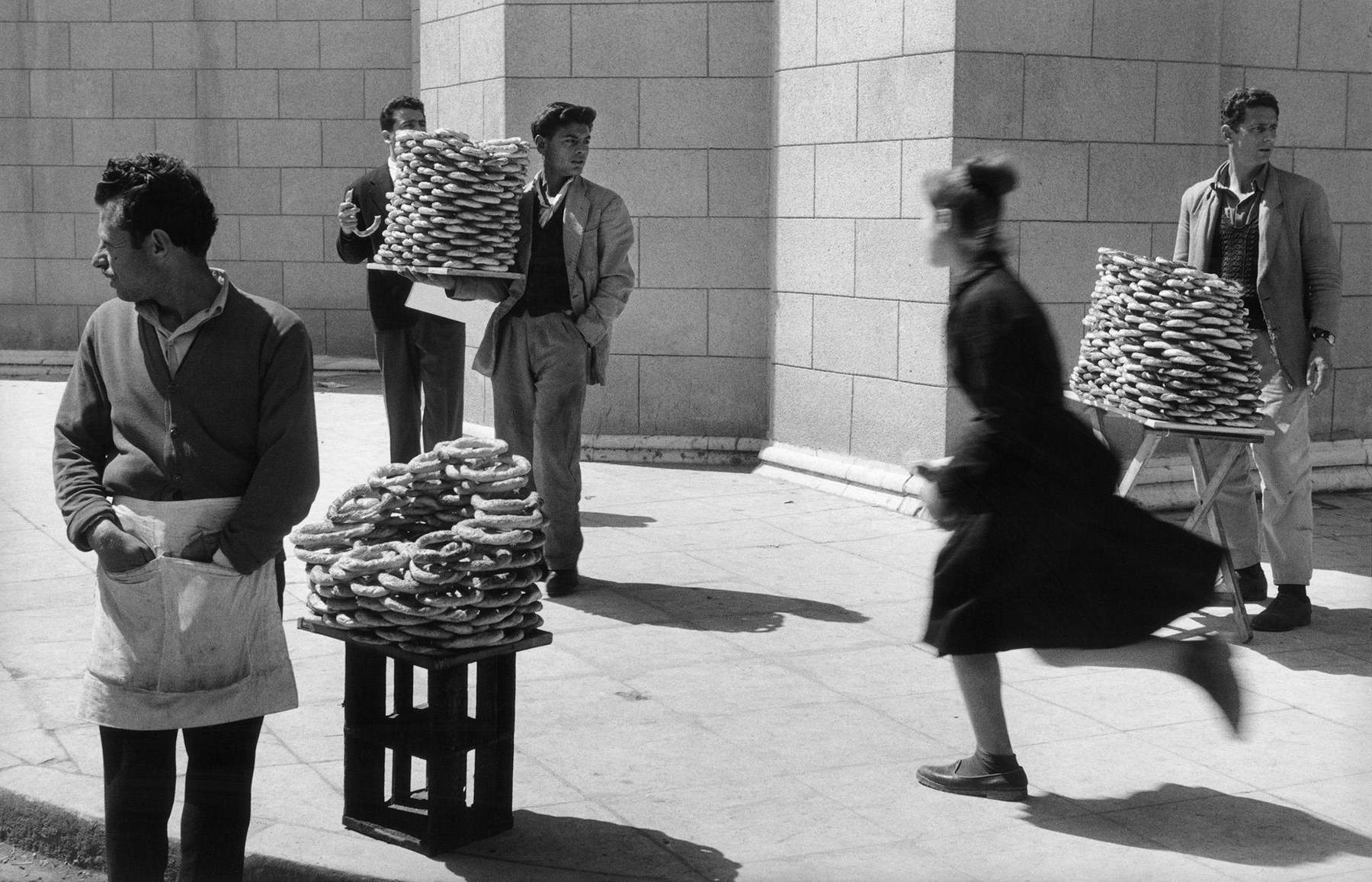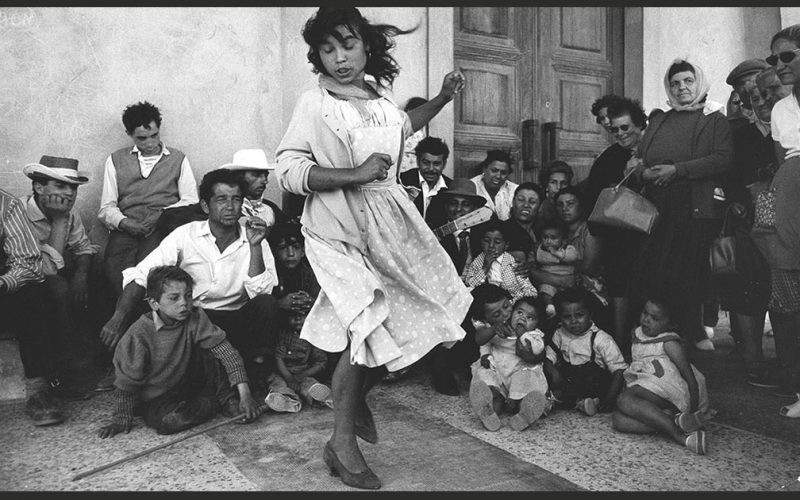For the first time in Italy come the works of French-Swiss photographer Sabine Weiss (Saint-Gingolph, 1924 - Paris, 2021), in an exhibition entitled The Poetry of the Instant at the Casa dei Tre Oci in Venice, from March 11 to October 23, 2022. It is also the largest retrospective ever devoted to Sabine Weiss, who figures among the major representatives of French humanist photography, along with great artists such as Robert Doisneau, Willy Ronis, Edouard Boubat, Brassaï and Izis. The only postwar female photographer to have practiced this profession for so long and in all fields of photography (from reportage to portraits of artists, from fashion to street shots with a focus on children’s faces, and numerous trips around the world), Sabine Weiss, who passed away last December 21, actively participated in the construction of this exhibition, opening her personal archives, kept in Paris, to tell her extraordinary story and present her work in a broad and structured manner. The exhibition is the first and most important international tribute to his career, featuring more than 200 photographs. Curated by Virginie Chardin, the retrospective is promoted by the Venice Foundation, produced by Marsilio Arte in collaboration with Berggruen Institute, produced by Atelier Sabine Weiss - Laure Delloye Augustins, with the support of Jeu de Paume and the International Festival Les Rencontres de la photographie d’Arles, and under the high patronage of the Consulate General of Switzerland in Milan.
The shots on display at the Tre Oci trace, along with various publications and magazines of the time, the photographer’s work from her beginnings in 1935 to the 2000s. As the photos of children and passers-by testify in the exhibition, from the very beginning, Sabine Weiss directs her lens on bodies and gestures, capturing emotions and feelings, in line with French humanist photography. It is an approach from which she will never deviate, as her words make clear: “To be powerful, a photograph must speak to us about an aspect of the human condition, make us feel the emotion that the photographer felt in front of his subject.”





Born Sabine Weber in Saint-Gingolph, Switzerland, on July 23, 1924, the artist, who would take the surname of her husband, American painter Hugh Weiss (Philadelphia, 1925 - Paris, 2007), approached photography at an early age. She apprenticed with the Boissonnas, a dynasty of photographers working in Geneva since the late 19th century. In 1946 he left Geneva for Paris and became the assistant to Willy Maywald, a German photographer specializing in fashion and portraits. When she marries Hugh in 1950, she embarks on a career as an independent photographer. Together, they move into a small Parisian studio and frequent the postwar art scene. One of the main cores of the exhibition Sabine Weiss. The Poetry of the Instant chronicles precisely the 1950s, a time of the photographer’s international recognition. In 1952, in fact, her career took a decisive turn when she joined the Rapho agency, on the recommendation of Robert Doisneau. From 1953 onward her photographs are published by major international newspapers such as “Picture Post,” “Paris Match,” “Vogue,” “Le Ore,” “The New York Times,” “Life,” and “Newsweek.” In the same year Weiss participated in the exhibition “Post War European Photography” at the Museum of Modern Art in New York (MoMA), and in 1954 the Art Institute of Chicago gave her a major solo exhibition. In 1955 three of her shots were chosen by Edward Steichen for the landmark anthology “The Family of Man” at MoMA in New York. From 1952 to 1961 Sabine Weiss collaborated with “Vogue,” alongside photographers such as William Klein, Henry Clarke and Guy Bourdin, producing a number of memorable fashion shoots, vivid color shots of which are on display in the exhibition, along with some 15 original issues of the famous magazine.
A section of the itinerary is devoted to his portraits of painters, sculptors, actors and musicians. For five years, Hugh Weiss mentored artist Niki de Saint Phalle, while Sabine was close to Annette Giacometti, the wife of the great sculptor Alberto. The exhibition features their portraits alongside those of other personalities such as Robert Rauschenberg, André Breton, Alberto Giacometti, Niki de Saint-Phalle, Anna Karina, Françoise Sagan, Romy Schneider, Ella Fitzgerald, Simone Signoret, and Brigitte Bardot. America, which she reached in 1955 on the ocean liner Liberté in the company of her husband Hugh, made a strong impression on her, and her shots teeming with details taken on the streets of New York, from the Bronx to Harlem, from Chinatown to Ninth Avenue, were published by the “New York Times” in an extensive feature entitled “The New Yorkers (and the Washington) of a Parisian.” These are images that tell of America with a French point of view, with a distinct humor, many of which are being exhibited only today, for the first time in Italy, on the occasion of the retrospective at the Three Oci.
The exhibition also reserves ample space for works made by Weiss in the 1980s and 1990s, in his sixties and seventies, during his travels to Reunion Island, Portugal, India, Burma, Bulgaria, Japan, Poland and Egypt. As curator Virginie Chardin notes, “What strikes the viewer is the feeling of isolation and sometimes tender sadness that these late photographs emanate, in which children and the elderly are united by their fragility. A melancholy and sometimes somber austerity emerges from these images, contrasting with the photographer’s lively and playful personality, on which time seems to have no hold.”
In addition to the photographs, the exhibition also features excerpts from documentaries dedicated to her( Claude Fayard’sLa Chambre Noire,1965; Jean-Pierre Franey’s Sabine Weiss, 2005; Stéphanie Grosjean’s My Work as a Photographer, 2014) in which the photographer recounted, at different periods of her life, her artistic journey, her travel experiences and the difficulty of being a female photographer. The strength of her curiosity about the world and her joy of seeing and documenting make Sabine Weiss a symbol of courage and freedom for all women photographers. The catalog, published by Marsilio Arte, features many previously unpublished images, texts by Virginie Chardin, curator of the exhibition, and Denis Curti, artistic director of the Casa dei Tre Oci.
The exhibition opens daily except Tuesday, its closing day, from 11 a.m. to 7 p.m. Tickets: 13.00 € full; 11.00 € reduced students under 26, over 65, members Friends of Venetian Museums and Monuments, Mirano Fotografia, holders of cards Alliancee Française, ARCI, FAI, FIAF, Feltrinelli, Fulcis Friend Card, Palazzetto Bru Zane, TCI, TRA-Treviso Ricerca Arte, M9 - Museo del Novecento ticket holders, Peggy Guggenheim Collection ticket holders; 9,00 € COOP Alleanza 3 members.0; reduced special groups of 10/12 people, residents and born in the Metropolitan City of Venice (every Wednesday), guests of Ca’ Sagredo Hotel, Corpus Domini exhibition ticket holders; 8,00 € reduced special MyPass Venezia (+ 1 € presale), Gallerie d’Italia exhibition venue ticket holders, Peggy Guggenheim Collection members, Feltrinelli cardholders (every Thursday); €6.00 reduced Ca’ Foscari and Iuav students (promotion extended to all university students with a card every Friday), Ca’ Foscari Alumni associates, €26.00 reduced family (2 adults + 2 under 14); €5.00 reduced schools. Free for children under 6, one accompanying person per group, persons with disabilities and accompanying person, two accompanying teachers per class, journalists on accreditation, tour guides of the province of Venice.For info visit the Casa dei Tre Oci website.
 |
| For the first time in Italy, an exhibition on Sabine Weiss, French humanist photographer |
Warning: the translation into English of the original Italian article was created using automatic tools. We undertake to review all articles, but we do not guarantee the total absence of inaccuracies in the translation due to the program. You can find the original by clicking on the ITA button. If you find any mistake,please contact us.